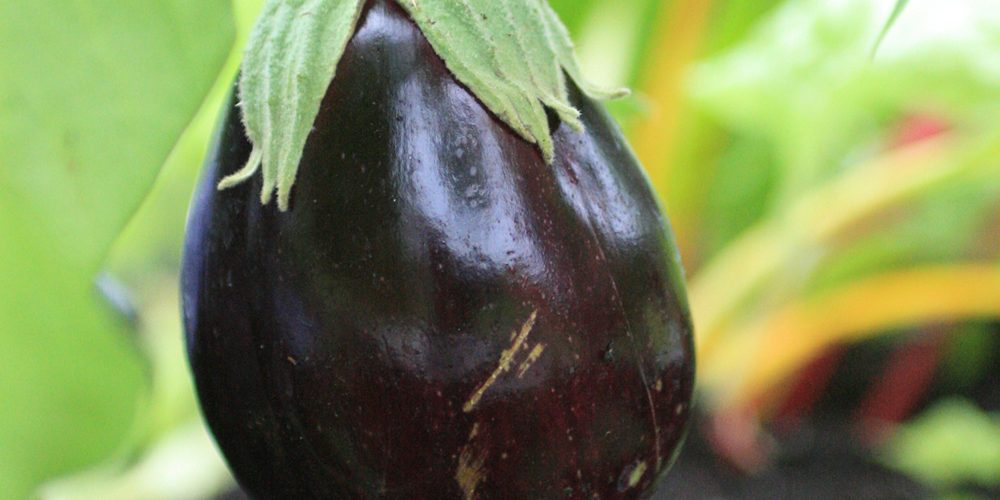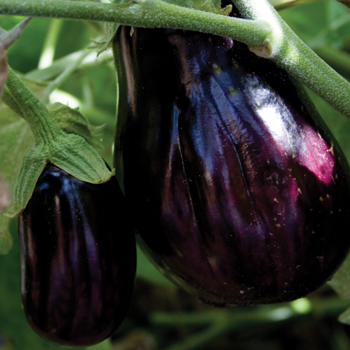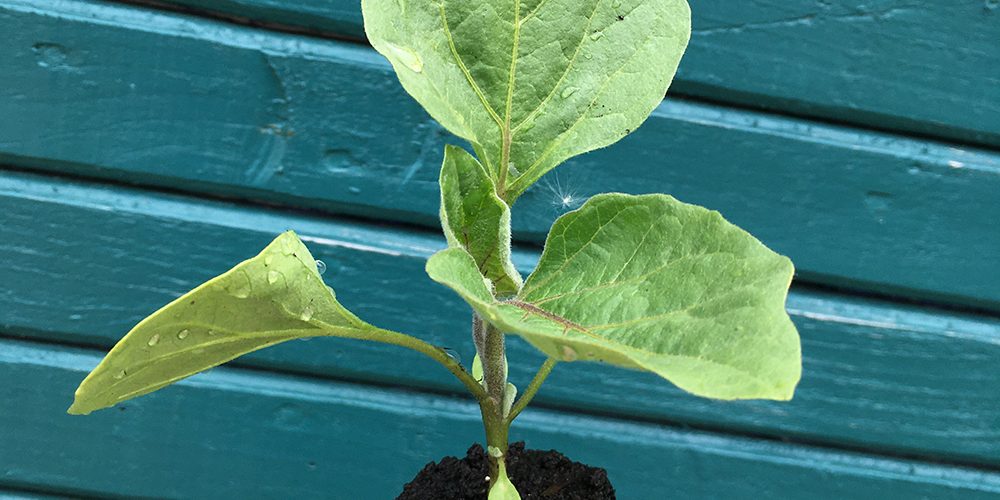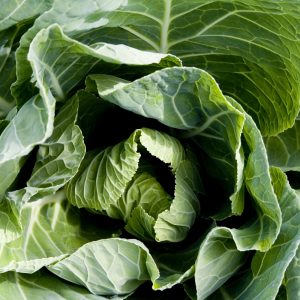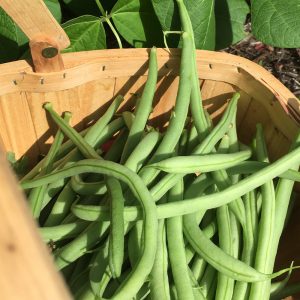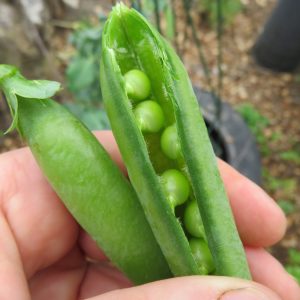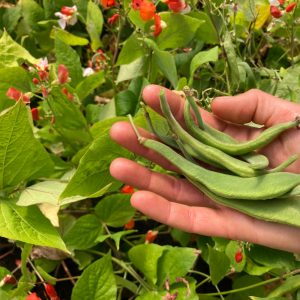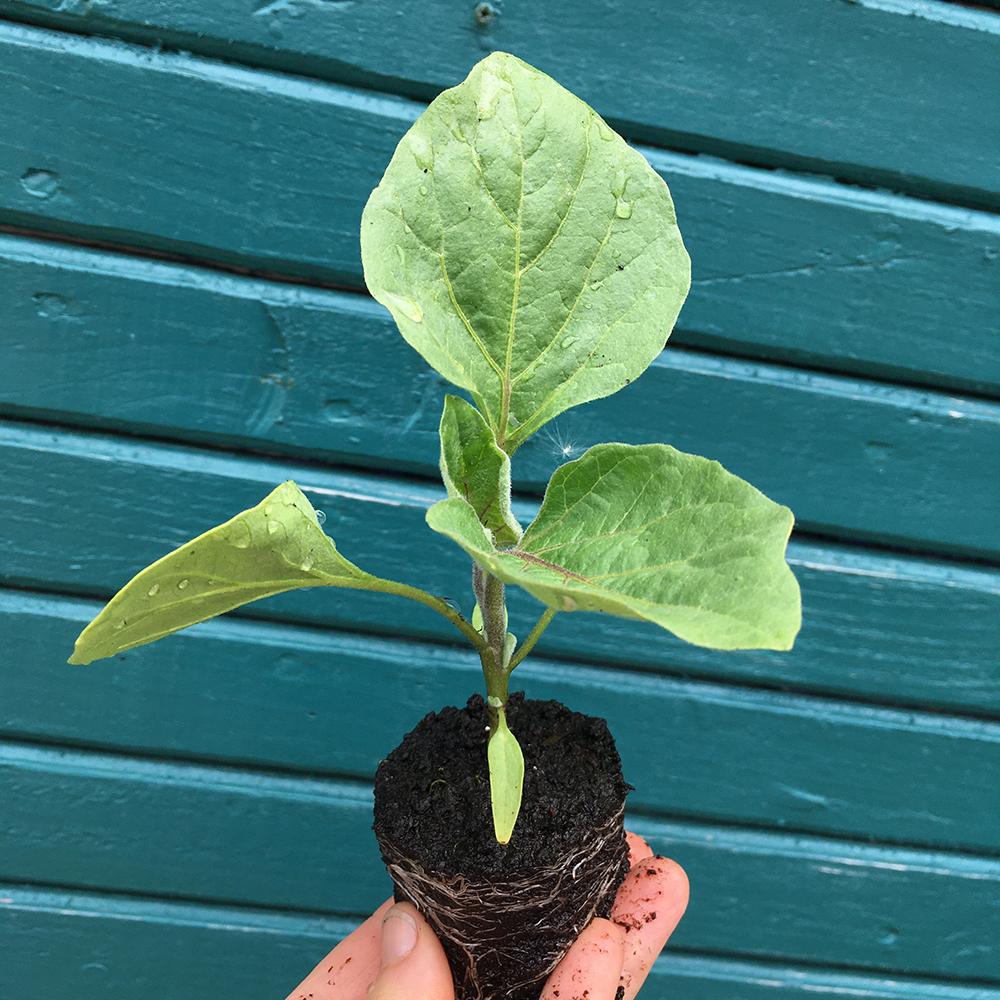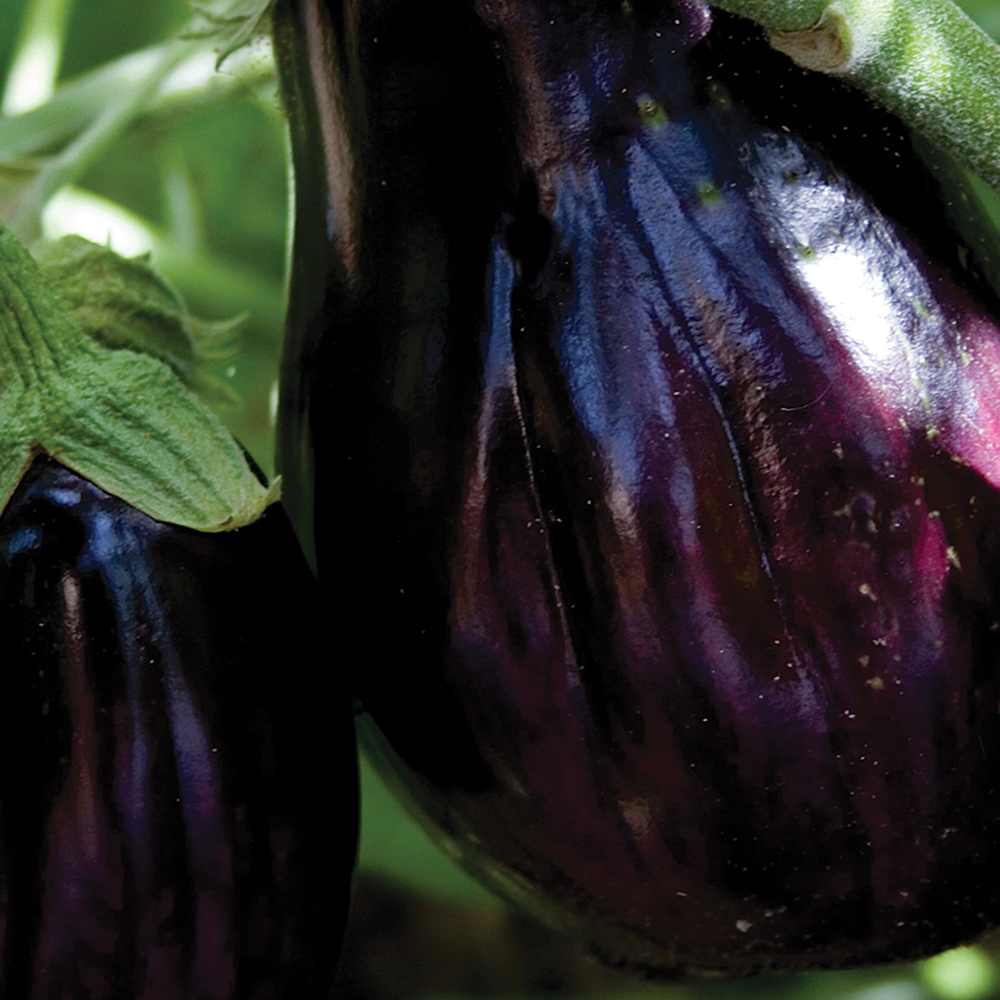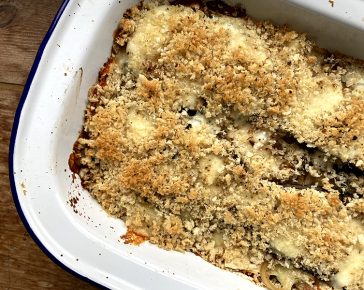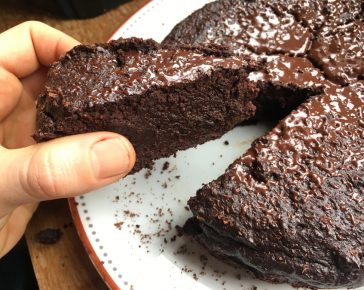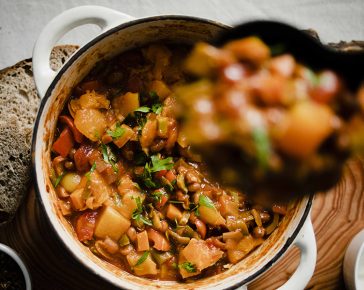- DELIVERY INFO: If you order spring plants today we expect to ship from mid-May onwards. - See FAQs for more info.
Aubergine – Black Beauty
(5 Plug Plants)
- Good for greenhouses
- Suitable for pots
- Organic plug plants
Estimated delivery from mid-May
£6.99
Easy to grow and deliciously tasty
Homegrown aubergines are an absolute delight. Easy to grow and delicious in flavour, finding these black jewels in your garden at harvest time is always a real treat. Aubergines are best grown in a greenhouse or polytunnel as they need the extra warmth. You could try them on a warm, sunny patio as well. They do well in pots – give them plenty of compost. You’ll receive a full growing guide with the plug plants.
Number of plants: 5 plug plants
Variety: Black Beauty (organic*)
In the kitchen: Try drizzling aubergines with olive oil and grilling over hot charcoal. Perfect with crushed garlic and chilli flakes.
Everything you need to know about these plants
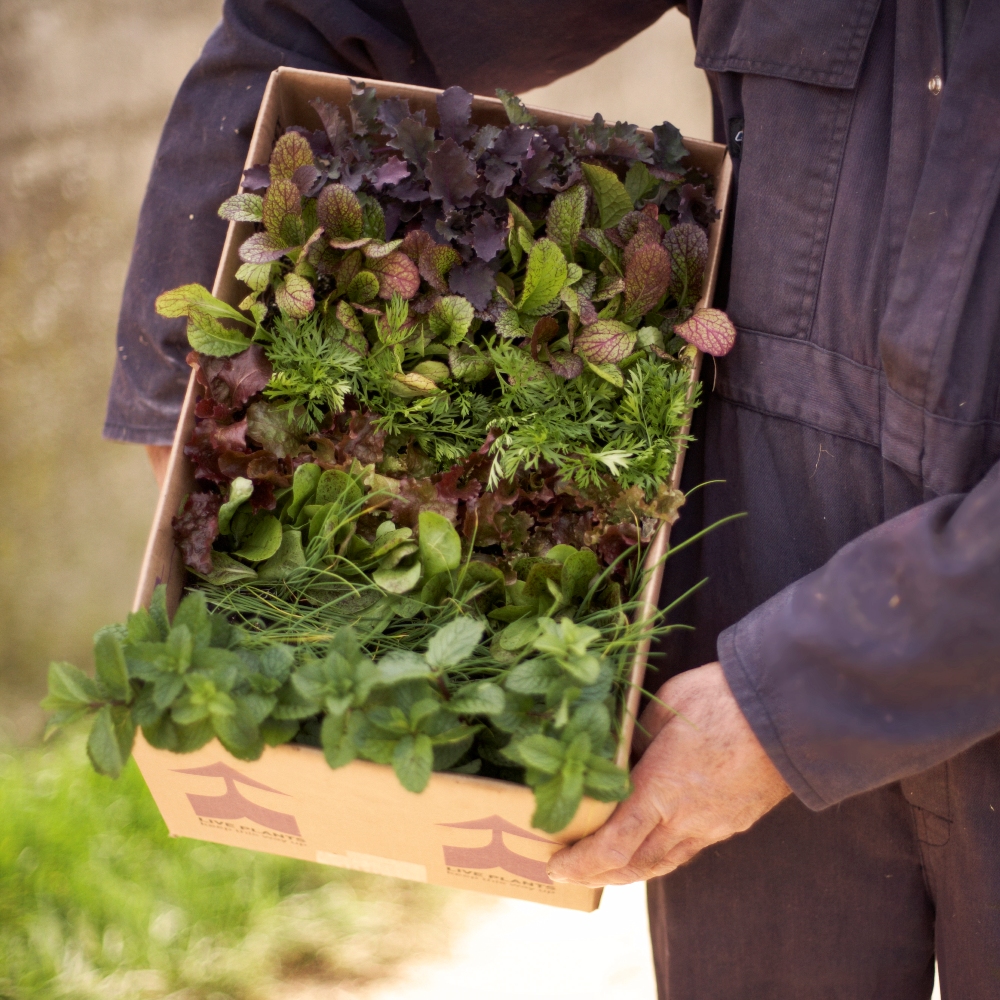
Delivery & FAQ’s
If you order now we estimate delivery from mid-late May. Please see FAQs for up-to-date delivery info.

